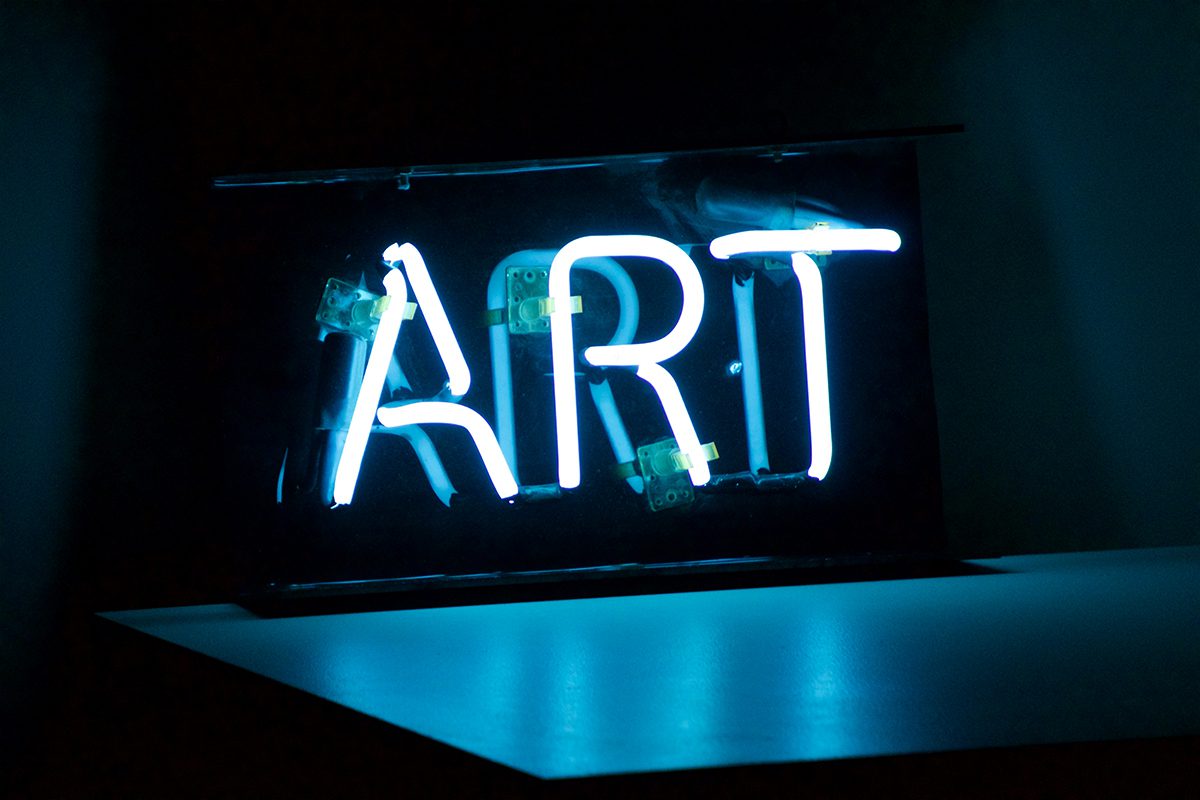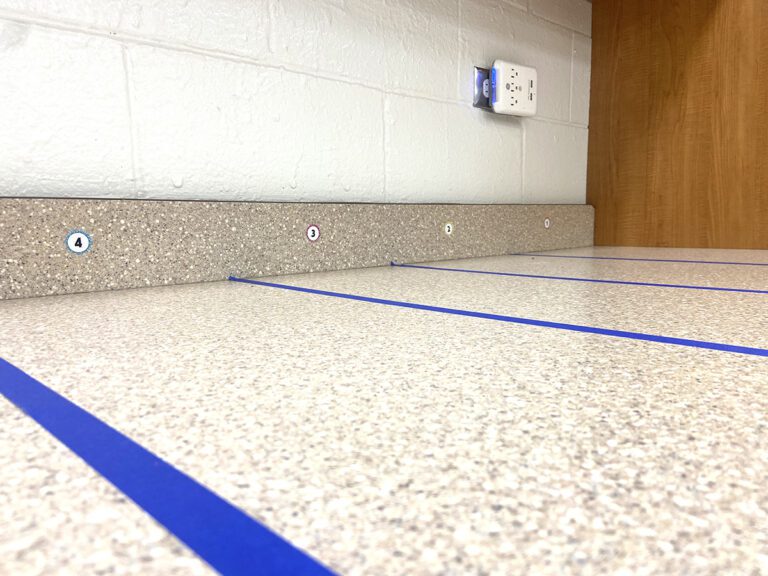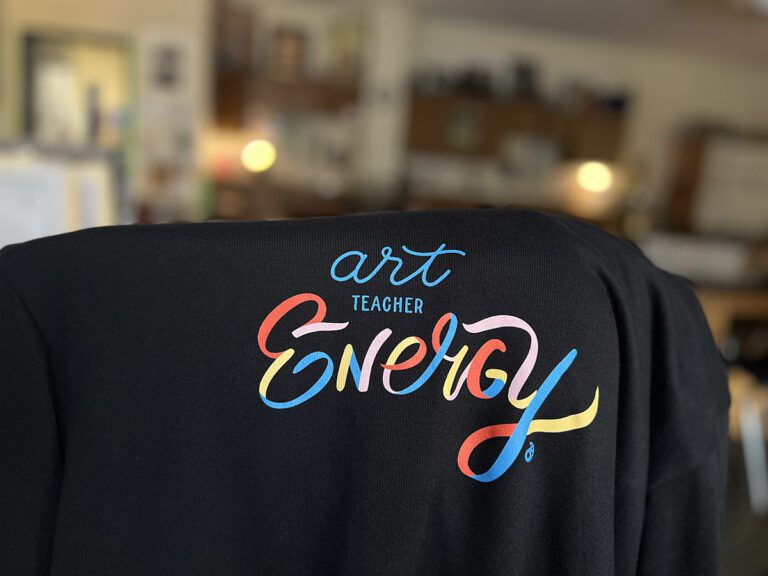The first day of school can bring a lot of assumptions and anxiety. Many students are in your class whether they request it or not. Plus, they aren’t sure if they’ll like your class—or art. As art teachers, despite our best efforts, we can also make assumptions about our students! We often assume they know what art is and what it can be. But is this assumption valid? Start the year off by modeling open-mindedness and curiosity, great artistic attributes. Facilitate a discussion to redefine art. In doing so, you’ll not only prompt inquisitiveness but also get students excited to explore for the rest of the year!
Get your students to redefine art on day one through a powerful discussion with the activity and prompts below.
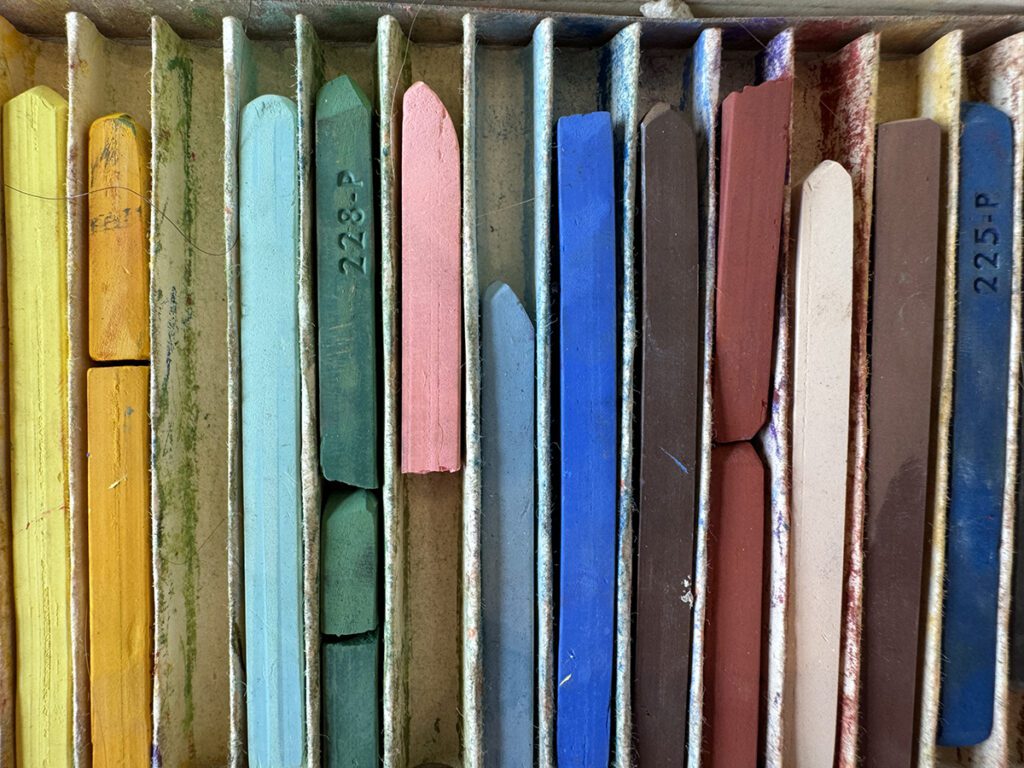
Come with an open mind.
Art is a universal language with many mediums from painting to sculpture to so much more. But what medium goes too far and is outside of the bounds of art? For example, if a mechanic is an artist, is the car their artwork? One of the beautiful things about art is that it’s very subjective. Keep an open mind so your students’ minds stay open, too! Showing you’re excited to hear their ideas and thoughts will encourage them to take more risks and feel safe contributing. Plus, you never know—you may discover something you’ve never thought of yourself!
Compile a variety of artists and artworks.
Gather a large variety of images to challenge students’ notions and the societal norm of “what art is.” Include famous artworks they probably have seen in pop culture or other classes like Vincent van Gogh or Edvard Munch, more post-modern and contemporary pieces like Marina Abramović, architectural marvels, a breadth of media, and more. If you’re feeling brave, you can even include a photo of something you’ve made so that students can get to know you! Be mindful of students’ prior knowledge and backgrounds and strive to include images that will resonate with as many students as possible.
Here are some images to include to prompt deeper discussion:
- New shoe designs
- Fashion trends
- Performance art
- Cars
- Props from popular shows
- Graphic design
- Household items
- Books
- Interior design
- Movie stills
- Engineering and architecture
- Comics
- Trash
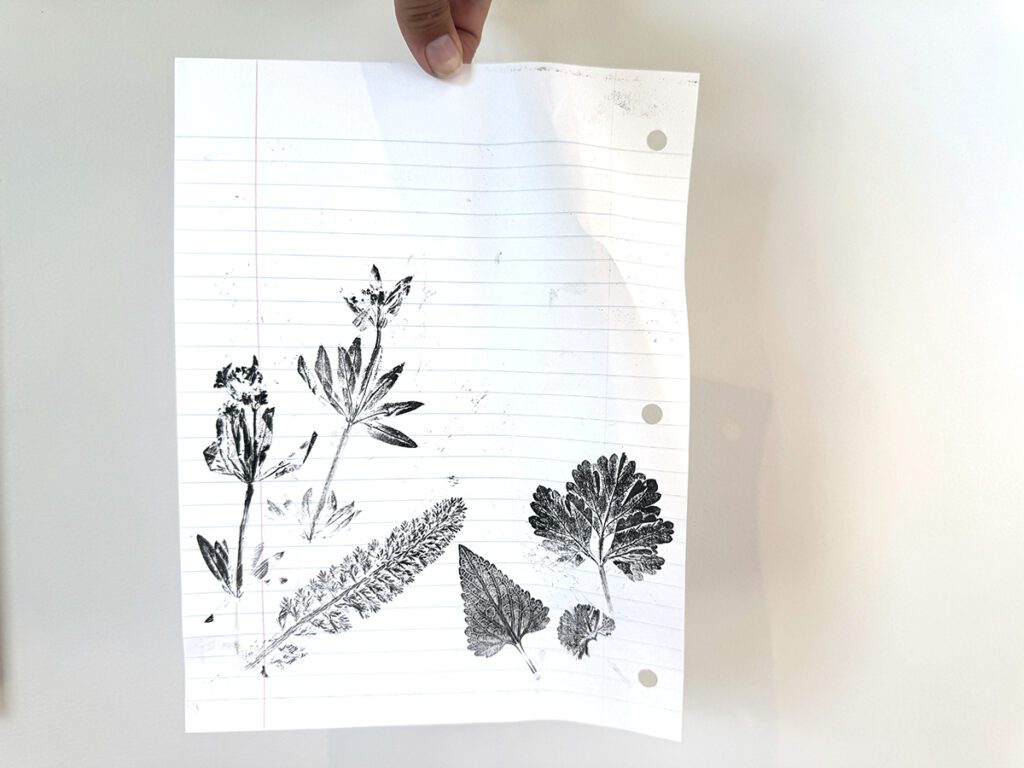
Set up the discussion as a game.
A powerful discussion about what art is is probably more enticing to us than to students. Make the experience fun and game-like by playing for a prize, playing in teams, or having a neat buzzer they can push when they have an answer to contribute. Making it a game can relieve any pressure and allow students to team build. You can even ask them if this game is art because you created it and they are interacting with it!
Establish guidelines.
Begin by acknowledging each student’s diverse perspectives in the classroom. Highlight that every opinion matters and follow through by affirming contributions during the activity to establish a foundation of trust and openness. There is no right or wrong answer! Write this note on the whiteboard as a friendly reminder for all.
As the discussion progresses, encourage students to let their curiosity guide them. If a particular piece of art or topic interests the students, take time to talk about it more deeply or research it together as a class. This flexibility intellectually stimulates the debate and helps build a strong class culture early in the semester.
Provide a foundational definition of art.
Start by sharing Webster’s definition of art which states, “Art is the expression or application of human creative skill and imagination, typically in a visual form such as painting or sculpture, producing works to be appreciated primarily for their beauty or emotional power.” This is a pretty lengthy definition, so it can be helpful to break it down into more manageable words or phrases.
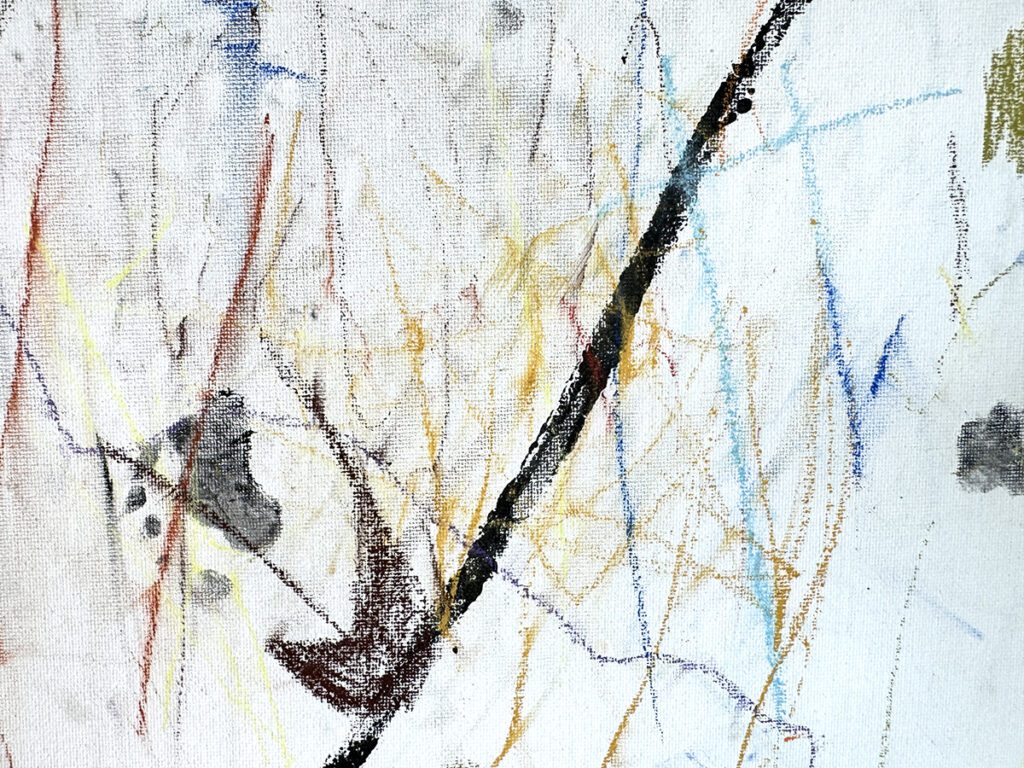
Foster deeper thinking by expanding on student responses.
The first days of school can be daunting and trying to get students to talk in front of their peers can be even more so! It can help to have questions on hand to get thoughts flowing and prompt conversation.
Use the following questions to help students elaborate:
- What do you feel when you look at this piece?
- What story is this telling?
- How was this created?
- Did someone make this, find this, or design this?
- Can everyday objects be art? Why or why not?
- Do you think this is beautiful? How?
- Does this provoke thought? What does it make you wonder?
- Is this useful?
- How does this piece compare to something you consider art?
- If you don’t think this is art, what would you add or change to make it art?
- How does this challenge your view of what art can be?
As you facilitate this activity, there are many ways to keep the dialogue going beyond the first day!
Here are our essential tips for a successful open-ended discussion:
- Remember that you matter.
When you are passionate and knowledgeable about the artists and artworks you discuss, your excitement will become contagious. Choose artists that resonate with you so your interest will be genuine and students can learn a little bit about you. - Map meaning.
As the discussion progresses, take notes on the board. This visual mapping helps solidify the concepts discussed and shows that you value all contributions. For example, if a student says a sneaker is art because of its color, write “color” on the board. - Take notes on a seating chart.
As students talk, jot down notes about each student’s interests so you can remember and get to know them! - Include silent students.
Many students may not feel comfortable participating verbally. This doesn’t necessarily mean they don’t care or don’t have opinions. Allow students to write or type their opinions for you to read aloud. Provide color-coded cards or signs for students to hold to signify their answers. For example, green cards can represent they believe the image is art and red cards can represent that it’s not art. - Wrap up strong.
End by reinforcing that art has no right or wrong answers. Emphasize that the Elements of Art are like the ingredients that go into cooking a dish. There are guidelines, called the Principles of Design, that are like the instructions in a recipe. However, true chefs eventually move from following a recipe to making their own culinary creations! This openness and flexibility are what make art diverse and fascinating. - Do exit tickets.
Provide a few minutes for students to reflect on the conversations and activity. Students will write their definition art. These are fun to keep and compare with their future end-of-year definitions!
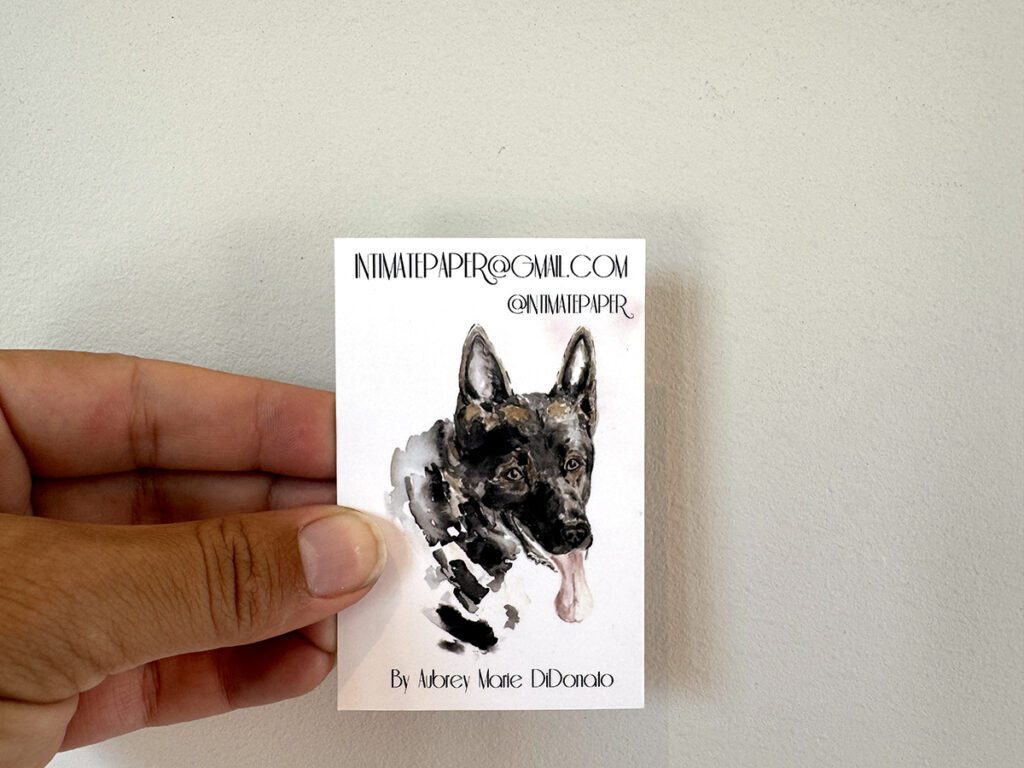
As art educators, we have the privilege and responsibility to open our students’ minds to the boundless possibilities of creativity. Engaging in discussions about what constitutes art can help students appreciate art and artmaking for years to come. It also encourages students to think critically, express themselves, ask questions, and feel valued. This activity will help build strong connections, cultivate a vibrant classroom climate, and celebrate creativity in all its forms! Embrace this opportunity on day one to redefine art with students and inspire them to see the world through a bigger lens.
What is your definition of art?
Share how you get students excited about art on the first day!
Magazine articles and podcasts are opinions of professional education contributors and do not necessarily represent the position of the Art of Education University (AOEU) or its academic offerings. Contributors use terms in the way they are most often talked about in the scope of their educational experiences.
